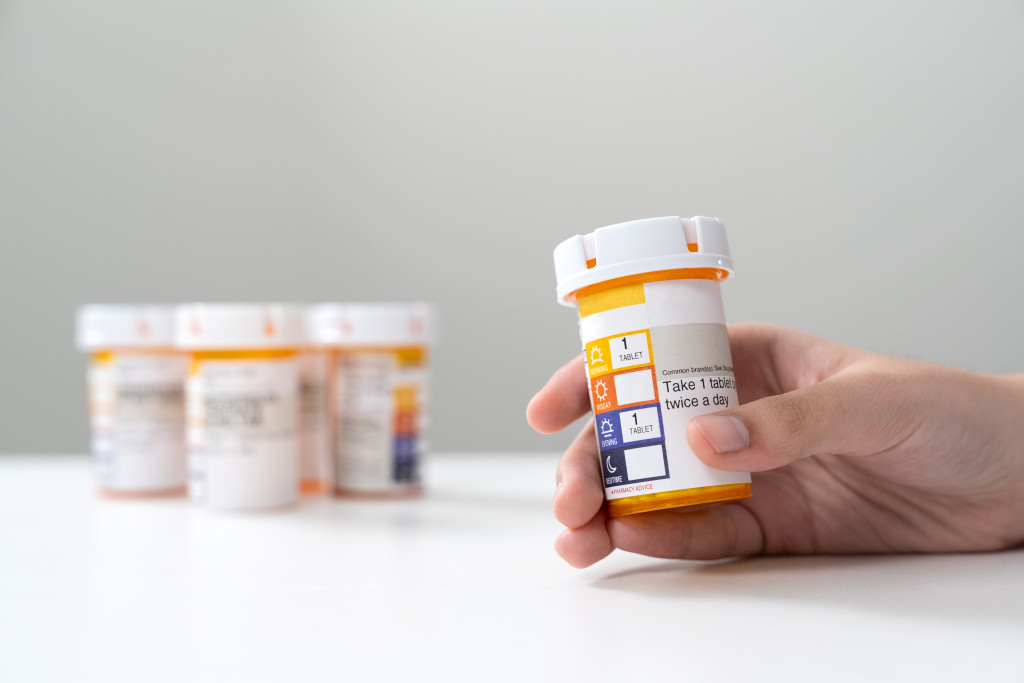An unusual side effect of anticoagulants
- 28/09/2022
Anticoagulants are amongst the most commonly prescribed medications worldwide. Anticoagulants are used to prevent blood clots in blood vessels. Blood clots can block blood vessels (an artery or a vein). These medications can help stop life-threatening conditions like strokes, heart attacks, and pulmonary embolisms, all of which can happen because of blood clots. Obviously, the most common risk with any anticoagulant is bleeding. Apart from bleeding, anticoagulants often may cause cutaneous reactions. Therefore, early recognition and timely management of the cutaneous signs and symptoms can prevent morbidity and mortality. Bullous hemorrhagic dermatosis (BHD) is a rare, generalized skin reaction with unknown pathogenesis, described as associated with anticoagulant therapy. We discuss two cases of this unusual side effect of anticoagulants in this post. These cases we found with the DrugCard platform during local medical literature monitoring in Spanish and Polish journals.
Warfarin‑induced bullous hemorrhagic dermatosis
A clinical case of warfarin-induced bullous hemorrhagic dermatosis was published in «Kardiologia Polska». A 70-year-old woman was presented to the cardiology department complaining of dizziness, epistaxis, and black-colored bullous lesions on the forearm. The patient was treated for hypertension and permanent atrial fibrillation with ramipril, warfarin, and bisoprolol. Physical examination was unremarkable except for arrhythmia and the forearm lesion. Black-colored bullous lesions underwent dermatological examination, and one blister was removed with intact skin for histologic examination. A subcorneal blister filled with erythrocytes and erythrocyte extravasation in the superficial dermis was revealed on hematoxylin and eosin staining. Consequently, the biopsy revealed bullous hemorrhagic dermatosis. After adjusting the warfarin dosage, the lesions regressed spontaneously.
Enoxaparin-induced bullous hemorrhagic dermatosis
This case was published in the «Galicia Clínica», the Spanish journal of the Galician Society of Internal Medicine. The authors present a case of an 85-year-old patient with a double mitral and aortic injury and newly diagnosed atrial fibrillation. He started treatment with enoxaparin 60 mg subcutaneous (sc) every 12 hours. After three days after the start of treatment, a tense hemorrhagic vesicle 2×2 cm, painless, formed in the distal third of the left lower limb. Then it was recommended to reduce and maintain the dose of enoxaparin 20 mg (sc) every 12 hours. Three days later, the lesion ruptured and could not be biopsied. The analytical control showed a normal platelet count and coagulation. The patient maintained the indicated treatment, and the lesion disappeared spontaneously in 2 weeks.
Clinical impact of this unusual side effect of anticoagulants
Low molecular weight heparins (LMWH) are extensively used as anticoagulation for primary and secondary thrombosis prophylaxis. There are several known dermatological side-effects of LMWH, including injection site hematoma and skin necrosis, eczematous dermatitis, and the lesser-known bullous hemorrhage dermatosis. The peculiarity is that heparin-induced hemorrhagic bullous dermatosis occurs at a distance from the injection site. It should also be noted that this is a rare adverse reaction of anticoagulants. The pathogenesis remains unclear, but it has been proposed that delayed hypersensitivity and acute allergic reactions might be involved. The condition occurs within 5 to 21 days of the initiation of therapy at locations distant from the site of subcutaneous heparin injection. Lesions are painless, hemorrhagic papules on a background of uninvolved skin. Skin lesions of bullous hemorrhagic dermatosis are typically asymptomatic and spontaneously resolve within weeks.
Dermatological side effects of anticoagulants and pharmacovigilance
Heparin-induced bullous hemorrhagic dermatosis is an uncommonly reported reaction to heparin. Less than 40 cases have been described in the English-language literature. The first 2 cases of bullous hemorrhagic dermatosis in areas distant from heparin injection sites were described in 2006. Enoxaparin belongs to the group of LMWHs, which also include bemiparin, dalteparin, nadroparin, and tinzaparin. But, in the literature, enoxaparin was the most frequently associated with the appearance of hemorrhagic blisters. Bullous hemorrhagic dermatosis likely has a higher incidence than suggested in the reported literature because heparin is widely used. But, hemorrhagic dermatosis secondary to warfarin treatment is extremely rare. For example, the authors of the article in «Kardiologia Polska» report that this is the second case described in the literature.

- 27/06/2024
- Drug Safety



